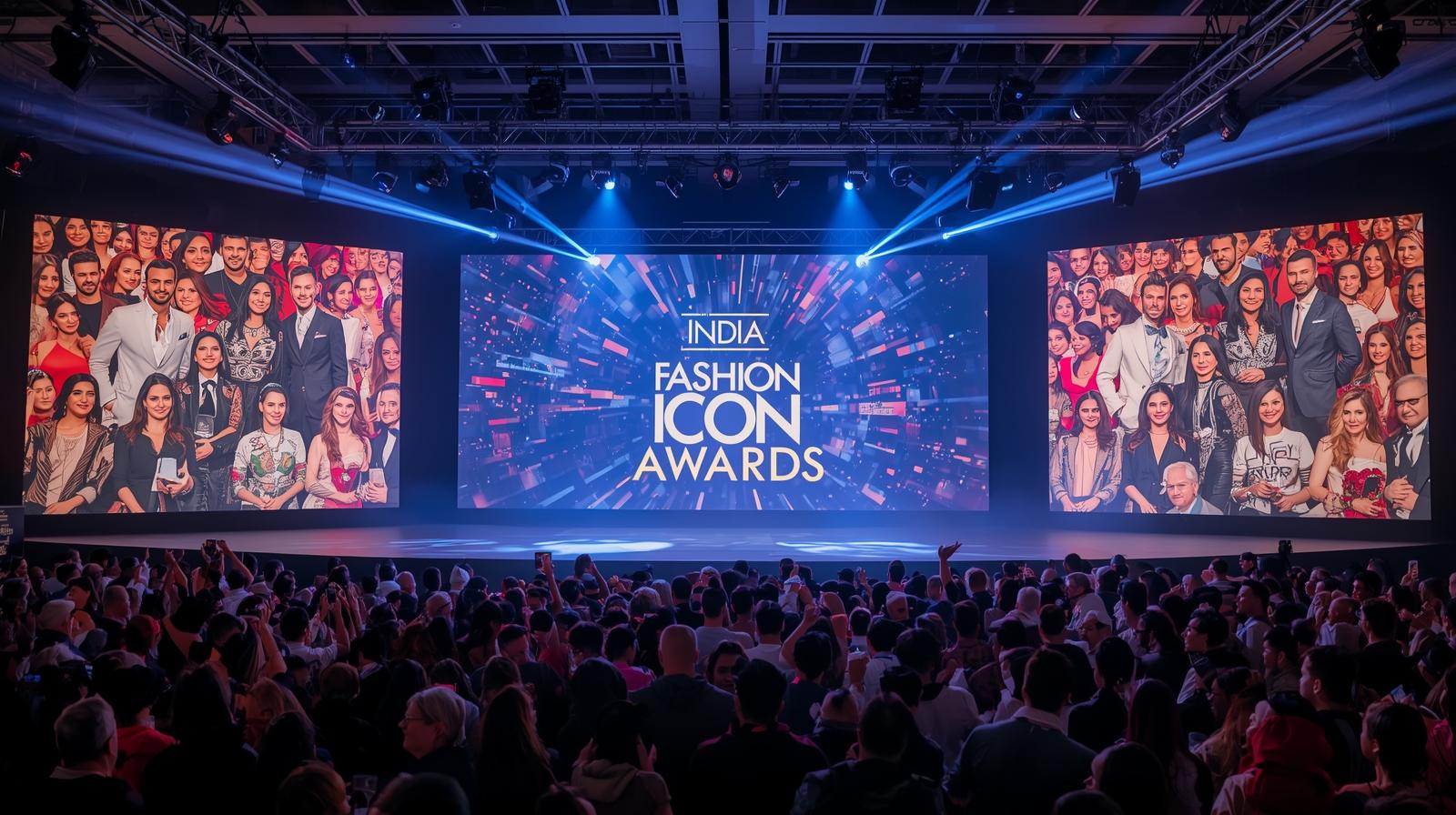The luxury fashion and lifestyle sector may have slowed in deal-making, but it continues to remain a powerful magnet for global investors. Deloitte’s latest Fashion & Luxury Private Equity and Investors Survey 2025 reveals that 92% of investment funds still view the sector as attractive, even as geopolitical uncertainty and customs duties cloud the outlook.
📉 A Year of Slower Transactions
The data confirms the cooling trend: 308 luxury and fashion deals were recorded in 2024, compared to 333 in 2023 — a drop of 25 year-on-year. High-profile events included Mytheresa’s takeover of YNAP from Richemont and the failed merger of U.S. giants Capri (Michael Kors) and Tapestry (Coach).
The first half of 2025 showed similar moderation, with 162 deals completed, down 14% from the same period last year. However, the landmark acquisition of Versace by Prada Group for €1.25 billion reaffirmed luxury’s enduring appeal.
📊 Key Sector Trends
-
Luxury goods (40.2% of deals) saw a 6.3% decline overall.
-
Clothing & Accessories: 85 deals in 2024, down by 20.
-
Watches & Jewellery: 15 deals, down from 17.
-
Cosmetics & Fragrances: The only bright spot, rising from 21 to 34 (+13).
-
-
Luxury hotels led the M&A race with 145 transactions, followed by furnishings (+10 to 23).
-
Yachts and automobiles saw sharp declines (–5 and –13 respectively).
The average deal size stood at €260 million, slightly lower than in 2023 (–4%), underscoring a growing investor focus on medium-sized companies ripe for consolidation.
🌍 Regional Outlook & Customs Concerns
Europe continues to dominate luxury deal-making, with 210 transactions in 2024, up 14 from the year prior, representing 75% of investor preference. North America and Asia-Pacific, however, saw significant declines.
Yet investors remain wary: 80% cite customs duties as a top concern, with North America (35%), Europe (33%), and Asia (29%) seen as most vulnerable to rising trade barriers.
💬 Deloitte’s Perspective
“Elio Milantoni, partner at Deloitte, emphasized: ‘Despite a macroeconomic context marked by uncertainty, fashion and luxury continue to inspire investor interest. Strategies are shifting towards mid-sized companies, driving sector consolidation and diversification into adjacent industries.’”
🔑 Bottom Line
Even with fewer mega-deals, the luxury sector remains a top priority for investors, proving its resilience and long-term allure. From couture houses to hotels and cosmetics, luxury continues to reinvent itself as a safe haven for capital in uncertain times.

 info@indiafashionicon.com
info@indiafashionicon.com









